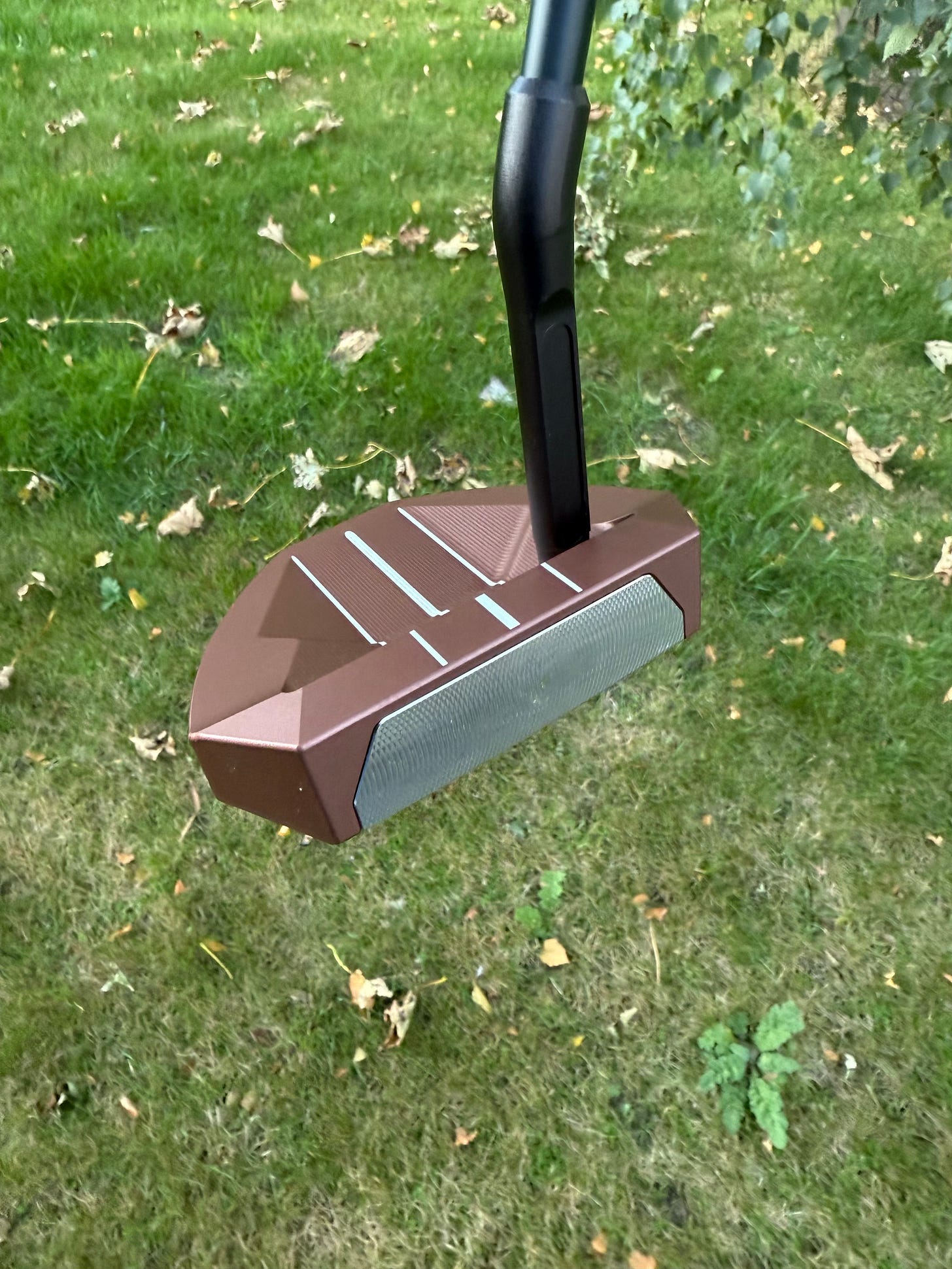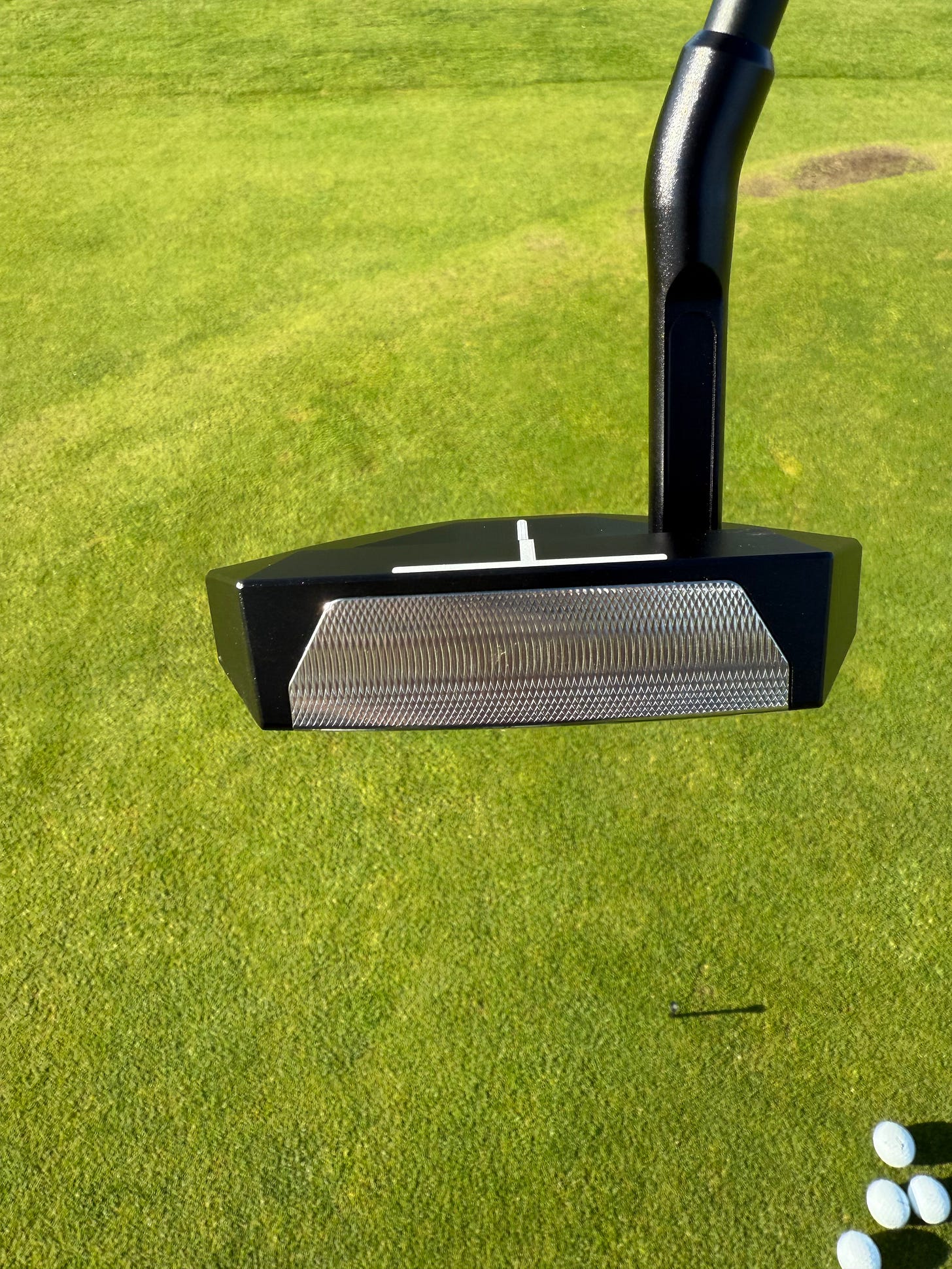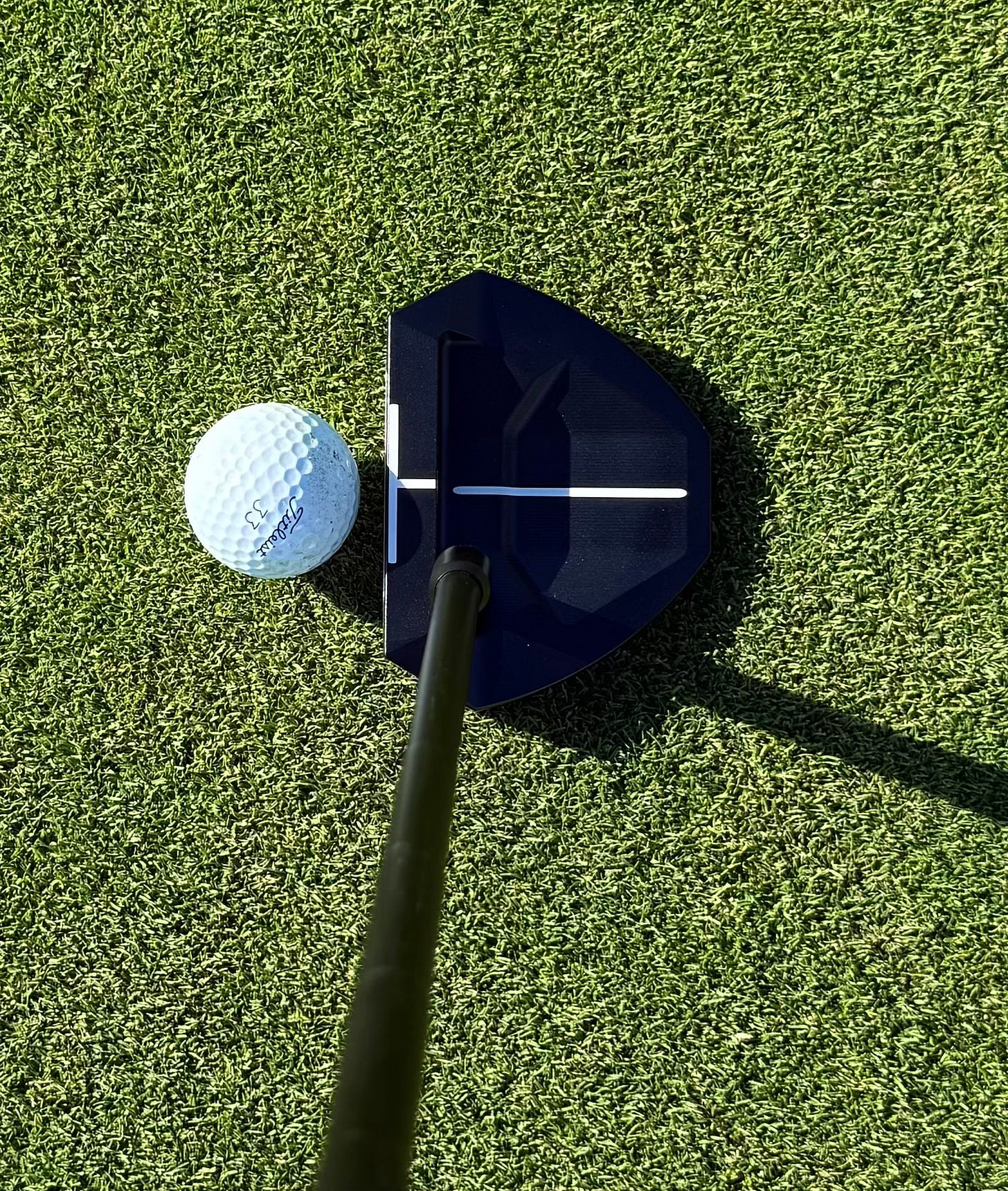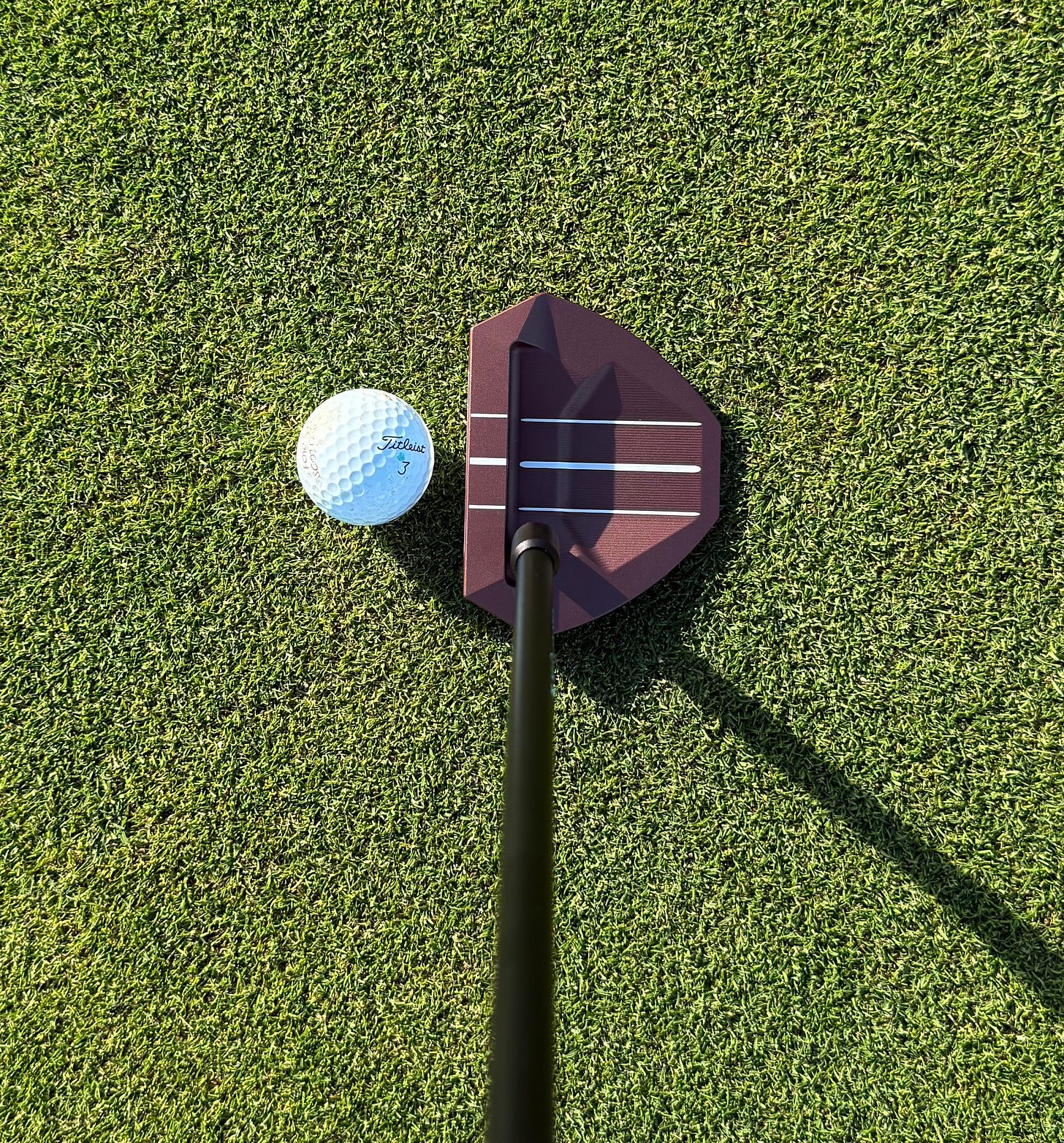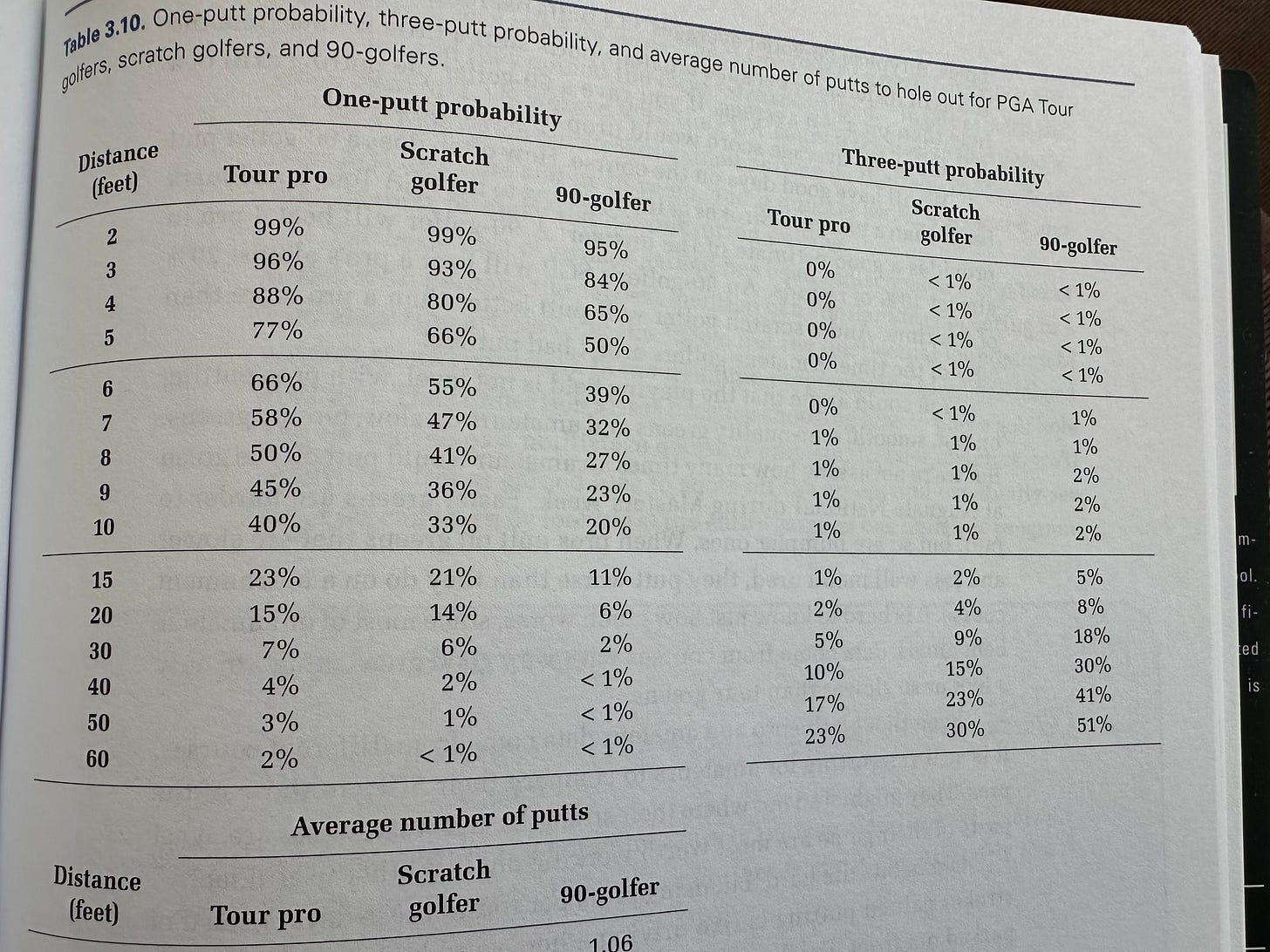L.A.B. OZ.1i HS Putter Review
Could the new heel-shafted option from L.A.B. be the ZT winner?
Regular blog readers will know that I have a bit of a love/hate relationship with zero-torque putters. I’ve had some success with the blades, but less success with the mallets, particularly with the onset designs. When Adam Legg at Auchterlonies mentioned that L.A.B. now had a heel-shafted version of the OZ.1i, I wondered if these could be the answer.
First Impressions
I must admit that I much prefer the look of the OZ head over the other L.A.B. models that I’ve tried. It may just be the similarity to other mallets I’ve used, like my Atlanta, but it’s much more pleasing to my eye.
I’ve got two different variations to try. The black one ($599 total cost) has the standard shaft with 2° lean and Press Pistol 2 grip, while the “Cappuccino” one is a heavier head ($799 total cost), has the Gears straight shaft and SuperStroke 1.0 grip.
From the address position, I immediately preferred the black model and found that the straight-shafted head gave me the impression it was aiming left.
That left bias is not particularly apparent from the photographs and is something you will need to assess for yourself. For me, it was more obvious when I took hold of the grip, as it then seemed to want to twist.
I was due to play The Duke’s after collecting the putters, so I took them both with me and tried them out on the course ahead of conducting my standard testing protocol. I found the standard putter lacked feel. It felt very light to swing, and I struggled with pace control. The heavier cappuccino model felt much better. I was more aware of where the head was and felt more confident with it. As the round went on, I found myself leaving the standard one in the bag and favouring the heavier head.
Testing protocol
I put these putters through my standard set of tests, namely 6 putts each from 3, 6, 9, 12 and 15 feet, followed by a 30-foot lag test and a start-line test. My SeeMore Mini Giant FGP putter was used as the benchmark.
The more I used the putters, the more I preferred the heavier Cappuccino head, but it would be fair to say that neither worked particularly well for me, and the SeeMore is certainly not under threat.
When I compare the performance to the table above from Mark Broadie, the two LAB putters didn’t perform that badly; they just didn't perform as well as the SeeMore.
Pros and Cons
Insert: I wanted to like the insert over the standard head, but I didn’t. It almost feels like an afterthought and like it is detached from the rest of the head. If you take a close look at the photos, especially the cappuccino head, you can see that it doesn’t look like a good fit. The two heads sound and feel totally different at impact. For such an expensive putter, it feels like a low-quality, cheap addition. It’s hard to explain a feel, but run your finger over the insert and I think you will understand what I’m getting at. You could grate Parmesan cheese with them. I would have liked to compare it to a non-insert head.
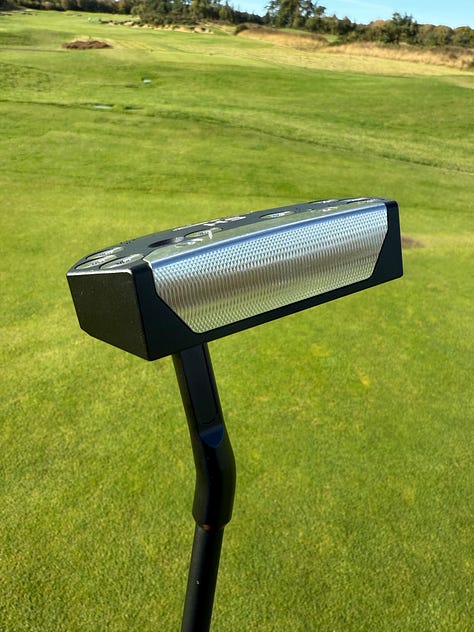
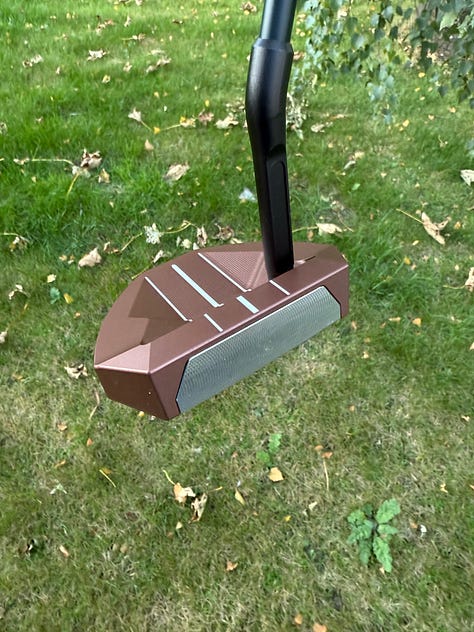
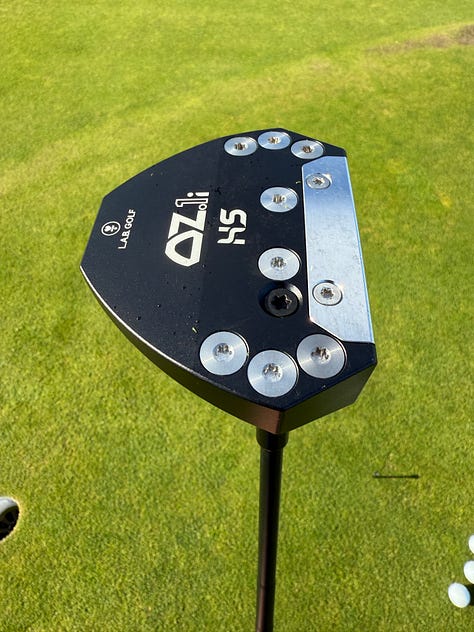
Pace control: As I’ve found with a few zero-torque putters, my biggest struggle with the OZ was the lack of feel, especially with the standard head. My pace control was all over the place with both of them, and I believe that was the main issue for the poor test performance. I often found myself racing putts past the hole that would possibly have taken more break and dropped otherwise. Perhaps that is something that I would have been able to get used to over time.
Aim: I had a left-miss bias with both of the heads. I can’t determine if this is a zero-torque issue or due to the alignment options on the heads. Given the vast amount of options available, work with your fitter to find the combination of colour and lines that works best for you.
Head Covers: These are a big improvement over the one I had with my DF3. I like the way the logo is stitched into the cover. The magnetic closure is solid and secure and the padding inside looks like it will provide good protection.
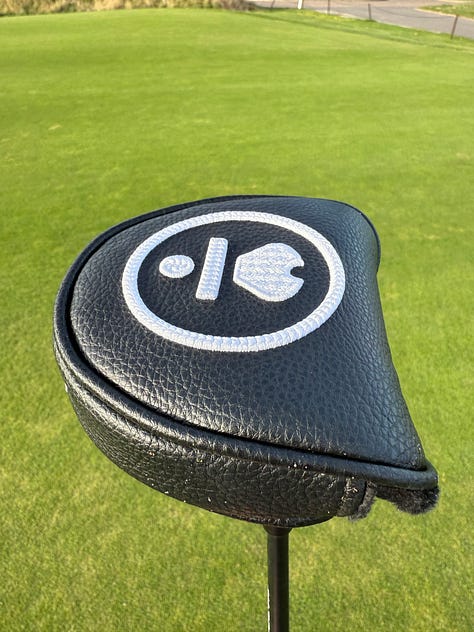
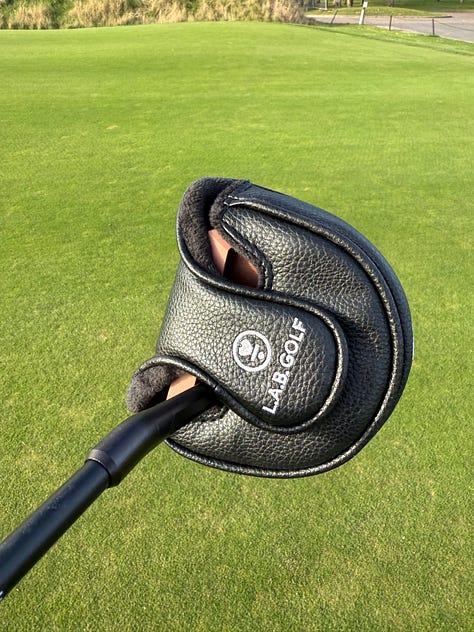
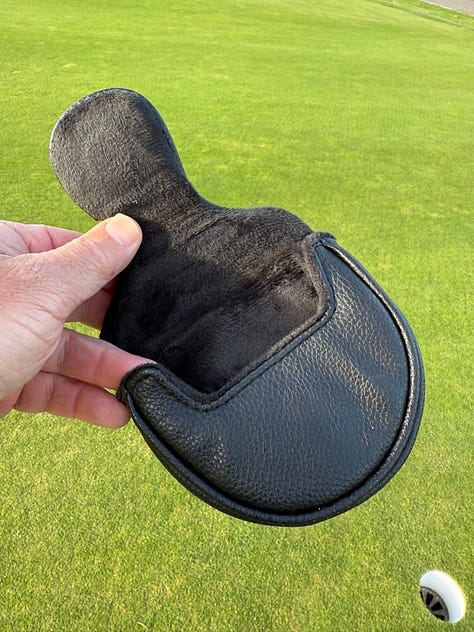
Customisation: This is where LAB really excel. You can get any combination of colour, alignment, length, lie, shaft and grip that you could ever really want. To really make these putters work, get properly fitted for them. Find the correct length and lie angle for you and don’t just buy them off the shelf.
Looks: This is still a quirky-looking putter, and I think I actually prefer the standard, centre-shafted design. I like that you can see more of the head and that the shaft no longer interferes with the alignment options. I know it’s difficult to combine traditional looks with zero-torque design. It’s not easy to get the shaft to enter at the centre of gravity, but for me, I preferred the Axis1 Rose design.
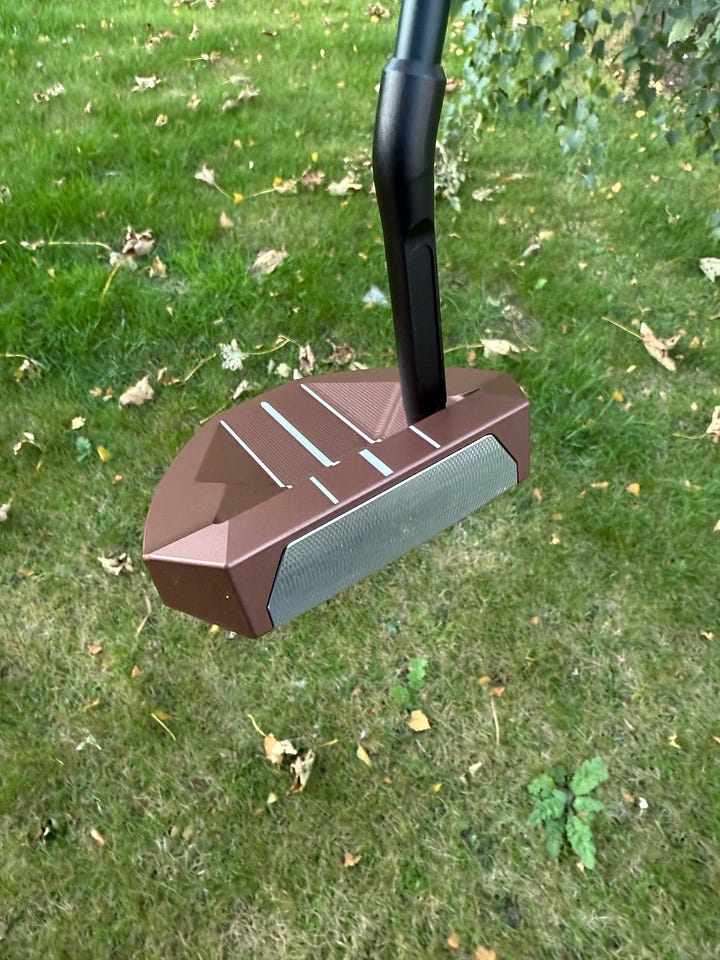
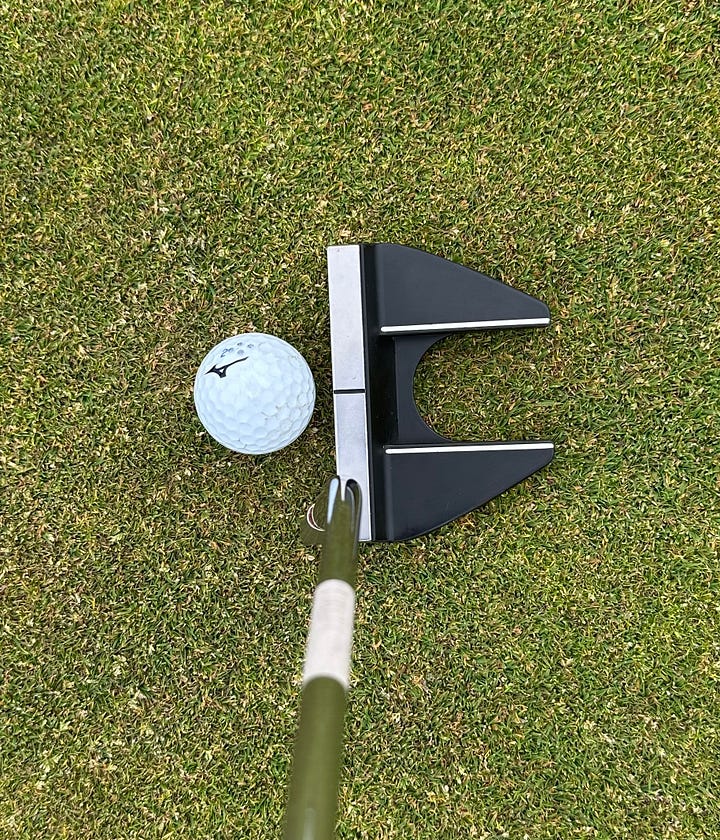
Price: There is an old saying that “price is what you pay, value is what you get”. These are expensive putters, and to my mind, the quality doesn’t match the cost. I know they are all balanced by hand, and a lot of what you pay for is the labour cost of doing that, but I would still expect better.
Conclusion
I much prefer this design to the other offering from LAB. I like the shape of the head, and I applaud what they have done with the neck design. They remain at the forefront of zero-torque designs.
I’ve tried to be as objective as possible with this review, but they just don’t work for me, and I prefer other zero-torque options that I’ve tried. Everyone is different, though, and I can see this being a very popular model. Go for a fitting (Adam Legg at Auchterlonies if you are local) and try them for yourself.

